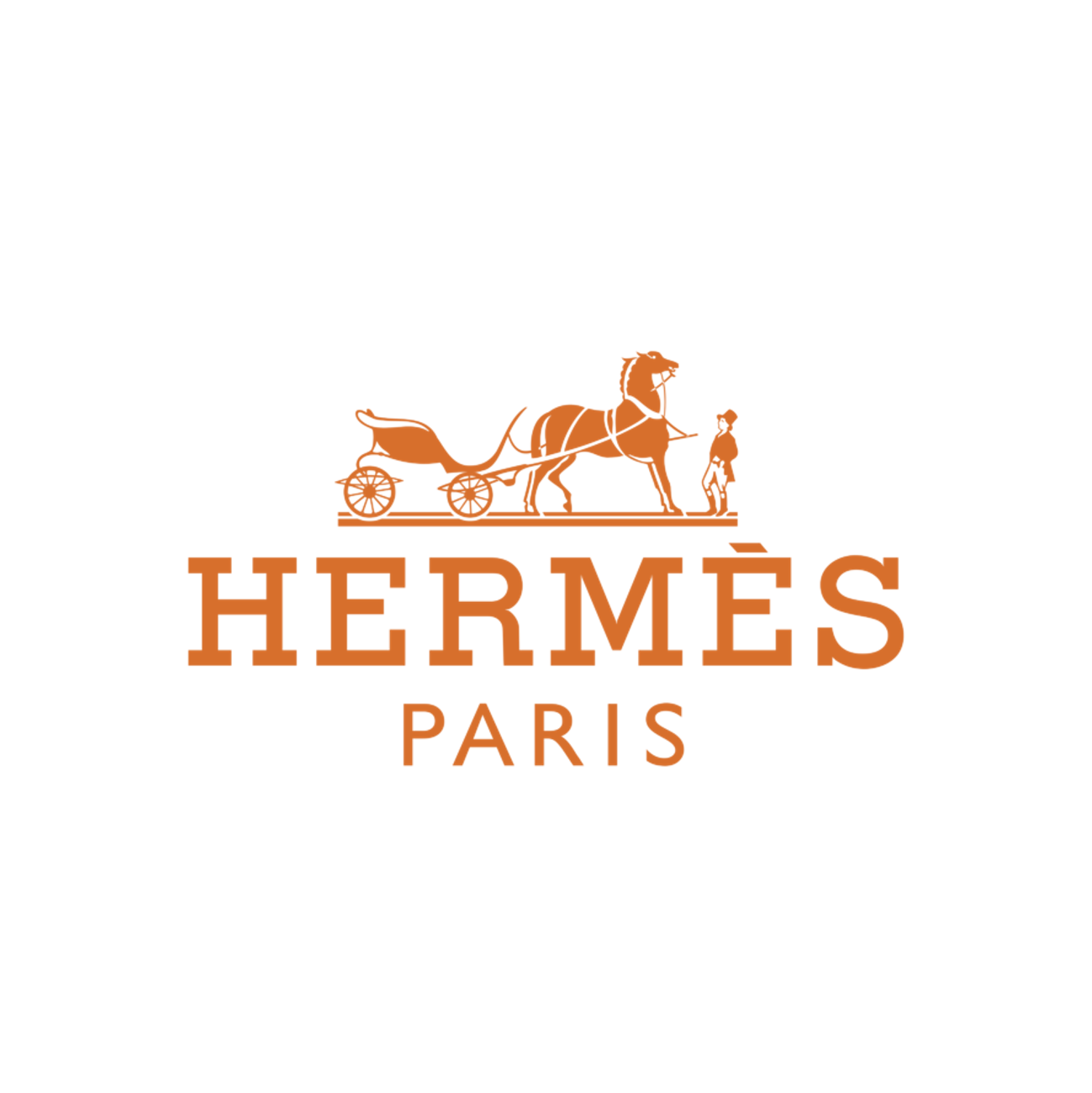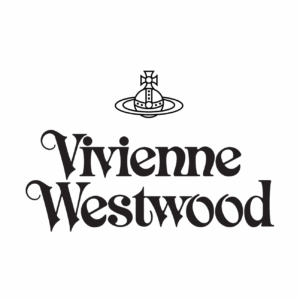Luxury fashion’s value chain is equally intricate, but it pivots on craftsmanship and raw-material provenance rather than silicon and servers. From cashmere herds in Mongolia to tanneries in Italy and ateliers in Paris, the chain spans agricultural practices, animal welfare, artisanal workshops, and high-end retail. Stella McCartney, Hermès, Vivienne Westwood, and the LVMH group signal the industry’s tension between exclusivity and sustainability: they rely on rare, sometimes resource-intensive inputs, yet their brand equity increasingly depends on credible climate action and ethical sourcing.
Comprehensive life-cycle assessments, regenerative agriculture pilots, and circular business models such as up-cycling ateliers and resale platforms are redefining what “luxury” means. Brands that pair long-lasting design with transparent impact labelling lead the conversation; those clinging to opaque supply chains and exotic skins face mounting scrutiny from regulators and Gen-Z consumers alike. As with tech, the ability to trace emissions and biodiversity footprints through tiers of suppliers—and to innovate with bio-based or recycled alternatives—will separate tomorrow’s icons from yesterday’s maisons.
Hermès
The horse is the first client
Criteria
Carbon Footprint: 3/5
Hermès has taken steps to reduce its carbon emissions, including solar energy use in production sites and energy-efficient buildings. However, its global logistics network and use of resource-intensive materials still contribute to a considerable carbon footprint.
Ecological Impact: 4/5
Hermès invests in sustainable material sourcing, including regenerative farming for leather and eco-friendly tanning processes. However, its continued use of exotic animal skins has been criticized for ethical and environmental concerns.
Energy Consumption: 3/5
Hermès has begun transitioning to renewable energy in its workshops and production sites. However, the company does not yet provide full transparency on the percentage of renewable energy used across its supply chain.
Freight Density: 3/5
As a global luxury brand, Hermès relies on international transportation for distribution. While it prioritizes localized production in France, the reliance on global raw material sourcing and high-end logistics still impacts emissions.
Recycling Rates: 4/5
Hermès has achieved circularity gains, particularly through its Petit h initiative, which recycles leftover materials into new pieces. However, there is no organized take-back scheme for consumers or extensive recycling initiatives.
Saving Levels: 5/5
By emphasizing high-quality craftsmanship and timeless design, Hermès naturally supports slow fashion. Many of its products are handcrafted, durable, and designed to last for decades, reducing the need for overproduction.
Specific Product Monitoring: 3/5:
While Hermès closely monitors leather processes, it fails to disclose full product impact transparency for all categories. A more detailed environmental impact labelling system could improve this.
Supply Chain Weight: 4/5
Hermès minimizes waste by creatively repurposing scraps (Petit h), optimizing material cutting, and maintaining artisanal processes as a priority. However, further dedication to complete circularity could improve sustainability across all product lines.
Sustainability Scorecards: 4/5
The brand has been recognized for its commitment to craftsmanship, sustainable material use, and responsible production. It is however, not at the forefront of sustainability transparency compared to brands like Stella McCartney.
Water Management: 3/5
Hermès has taken steps to reduce water consumption in its leather tanning process and textile production. It does not however publicly disclose detailed water conservation targets or specific reduction figures.
Ratings
Stella McCartney leads in sustainable luxury, excelling in ecological impact, recycling, and responsible material sourcing, setting industry benchmarks for ethical fashion. Hermès scores high on craftsmanship and durability, supporting slow fashion, but lacks transparency and strong circular economy efforts.
Vivienne Westwood is a vocal advocate for sustainability, yet needs to improve transparency and consumer recycling initiatives.
LVMH has ambitious goals, including carbon reduction and renewable energy use, but its large-scale operations and reliance on resource-intensive materials make full sustainability challenging. While all brands are making progress, Stella McCartney remains the most forward-thinking in environmental responsibility.
- Stella McCartney: 4.3/5
- Hermès: 3.7/5
- Vivienne Westwood: 3.7/5
- LVMH: 3.4/5
ESCP Business School Team
Research developed by five curious international ESCP Business School students who have worked together to successfully complete their consulting project. They analysed four brands in four different categories -24 brands: electric cars EV, dairy products, computers, personal care, luxury apparel, fast fashion-, according to 10 environmental criteria.
- Alix AMMEUX: Dairy Products
- Hanna AMSELLEM: Electrical Vehicles
- Leonardo BERTINI COLLA: Computers
- Zackary BOISNEAULT: Personal Products
- Ariane DESPRES: Luxury Apparels
- Caterina GIUSTINIANI: Fast fashion
Sources
- Hermès – Activity Report 2023
- Sustainable Development | Hermes | Hermès USA
- Our Commitments | Stella McCartney UK
- StellaMcCartney_ImpactReport_2023_4.pdf
- Universal registration document 2023
- Sustainability | Vivienne Westwood®
- Fashion Transparency Index : Fashion Revolution





0 Comments